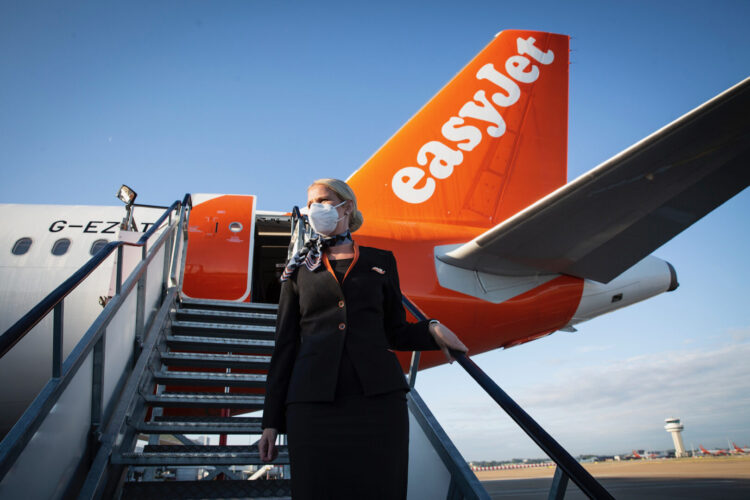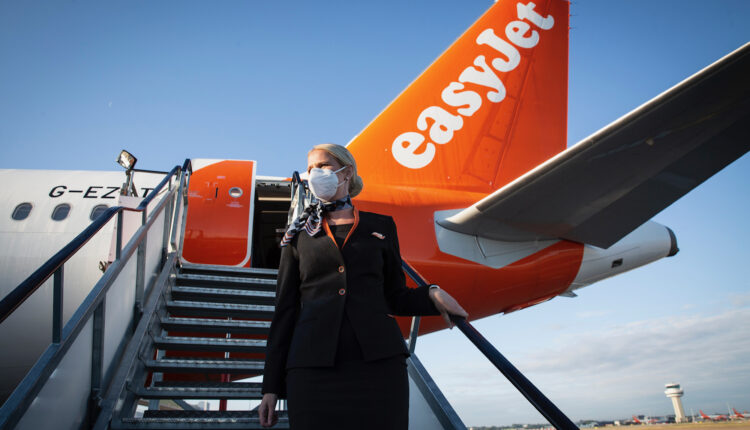A major operator at Liverpool Airport, easyJet is now seeing an acceleration in its post-pandemic recovery with a big increase in the number of flights and rapidly rising revenues. Tony McDonough reports

Low-cost airline’s flight network is now as high as 60% of pre-COVID capacity as it continues its recovery from the impact of the pandemic.
Earlier this year the carrier, the biggest at Liverpool John Lennon Airport along with with Ryanair, saw capacity dip as low as 17% as the UK and other European countries reintroduced lockdowns to check the spread of the virus.
Last November Easyjet reported a mammoth full-year loss of £1.2bn due to the pandemic which saw the European aviation sector all but grounded in the early part of 2020. Between July and September this year, the company’s fourth quarter, it will operate up to 1,400 flights a day. On Monday this week it operated 1,000 flights.
In a trading update for the third quarter, April to June, easyJet says it has “maintained its disciplined approach to capacity and cash management” and, as a result, total cash burn during the quarter reduced to £55m. Fixed costs plus capex have averaged £34m per week, outperforming the £40m per week guidance given in the first quarter.
READ MORE: New easyJet summer route out of Liverpool
Passenger numbers for the quarter ending June 30 increased to 3m, in line with an increase in capacity to 4.5m seats, representing 17% of Q3 2019 capacity levels. As a result of the pandemic, easyJet’s fleet had been fully grounded for all but two weeks of the third quarter 2020, flying just 117,000 seats.
Group revenue for the quarter increased to £212.9m (2020: £7.2m), with passenger revenue increasing to £151.9m (2020: £3.6 million) and ancillary revenue increasing to £61m (2020: £3.6m).
Chief executive Johan Lundgren added: “We have used our existing strengths like our network with renewed purpose – pivoting capacity to Europe where we saw the strongest demand and the very way we have approached the challenges that we faced means we have adapted and built back stronger for the future.
“As a result, we will emerge from the pandemic with longer-term wins along-side baked in sustainable cost reductions, responding effectively and in ways our competitors don’t or can’t.
“While we know the road to recovery from the pandemic isn’t going to be a straight line we are ready to compete using these new-found strengths with everything we have learned leaving a long-term, positive imprint on the airline, transformed ready for the post-pandemic era.”

